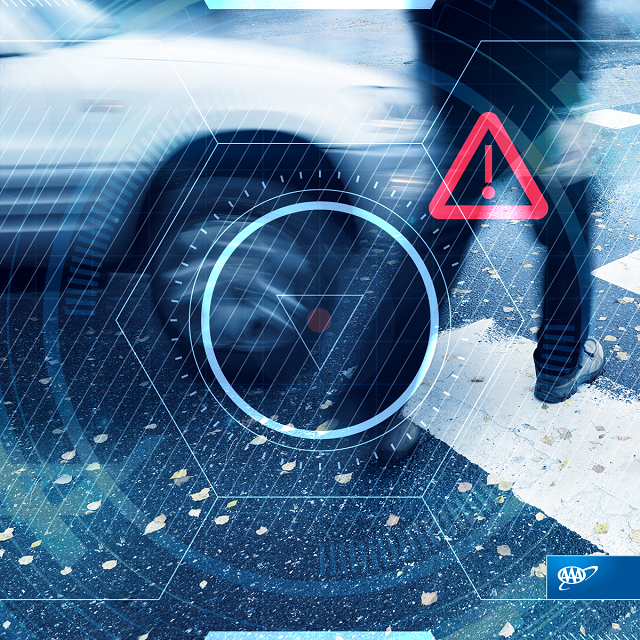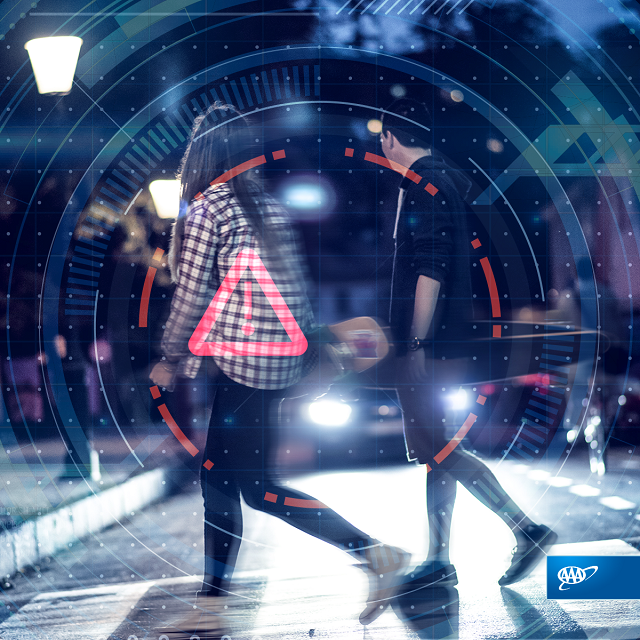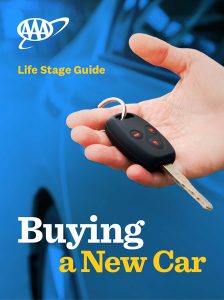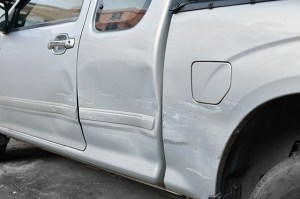Approximately 6,000 pedestrians are killed each year. This has spurred manufacturers into creating pedestrian detection systems, which are expected to cause the car to automatically brake when a person is detected near the car. However, new research from AAA reveals that automatic emergency braking systems with pedestrian detection perform inconsistently, and proved to be completely ineffective at night. An alarming result, considering 75% of pedestrian fatalities occur after dark.
The systems were also challenged by real-world situations, like a vehicle turning right into the path of an adult. AAA’s testing found that in this simulated scenario, the systems did not react at all, colliding with the adult pedestrian target every time.
On average, pedestrian deaths account for 16% of all traffic deaths, a percentage that has steadily grown since 2010. “Pedestrian fatalities are on the rise, proving how important the safety impact of these systems could be when further developed,” said Greg Brannon, AAA’s director of automotive engineering and industry relations. “But, our research found that current systems are far from perfect and still require an engaged driver behind the wheel.”
Methodology and Results
To get its results, AAA tested four vehicles equipped with automatic emergency braking systems with pedestrian detection systems to evaluate their performance in a number of simulated driving scenarios.
Overall, the systems performed best in the instance of the adult crossing in front of a vehicle traveling at 20 mph during the day. In this case, the systems avoided a collision 40% of the time. But, at 30 mph, most systems failed to avoid a collision with the simulated pedestrian target. The systems were also challenged by a car turning right into the path of an adult or a child darting out from between two parked cars. In these cases, the systems did not react at all to the adult target in the path of the car turning right and avoided the child target just 1 in 10 times.

Accident Prevention
AAA supports the continued development of pedestrian detection systems, specifically when it comes to improving functionality at night and in circumstances where drivers are most likely to encounter pedestrians.
New vehicle technology can alert drivers and assist in lessening the likelihood or severity of a crash – whether with another vehicle or even more importantly, a pedestrian. But, until these systems are proven to perform consistently – especially pedestrian detection systems – during the day and at night and in a range of situations, AAA recommends drivers always:
- Be alert of their immediate surroundings. Do not rely on pedestrian detection systems to prevent a crash. This technology should only serve as a backup and not a replacement for an engaged driver.
- Read the owner’s manual to understand what safety systems the vehicle is equipped with. Before leaving the lot, ask the dealer to explain how these systems work, including what safety system alerts sound and look like and what triggers their activation.
- Use extra caution when driving at night since this is the riskiest time for pedestrians and where the systems struggled the most. Previous AAA research found that headlights, even in new condition, do not provide the amount of light needed for drivers to appropriately react to something or someone in the roadway.
It is a driver’s responsibility to yield to pedestrians, but those traveling by foot should be diligent as well. Pedestrians should use caution by staying on sidewalks and using crosswalks as often as possible. Always obey traffic signals, look both ways before crossing the street and do not walk and text.
For more on the latest car safety and technology advancements, visit AAA.com/CarsTrucks.











